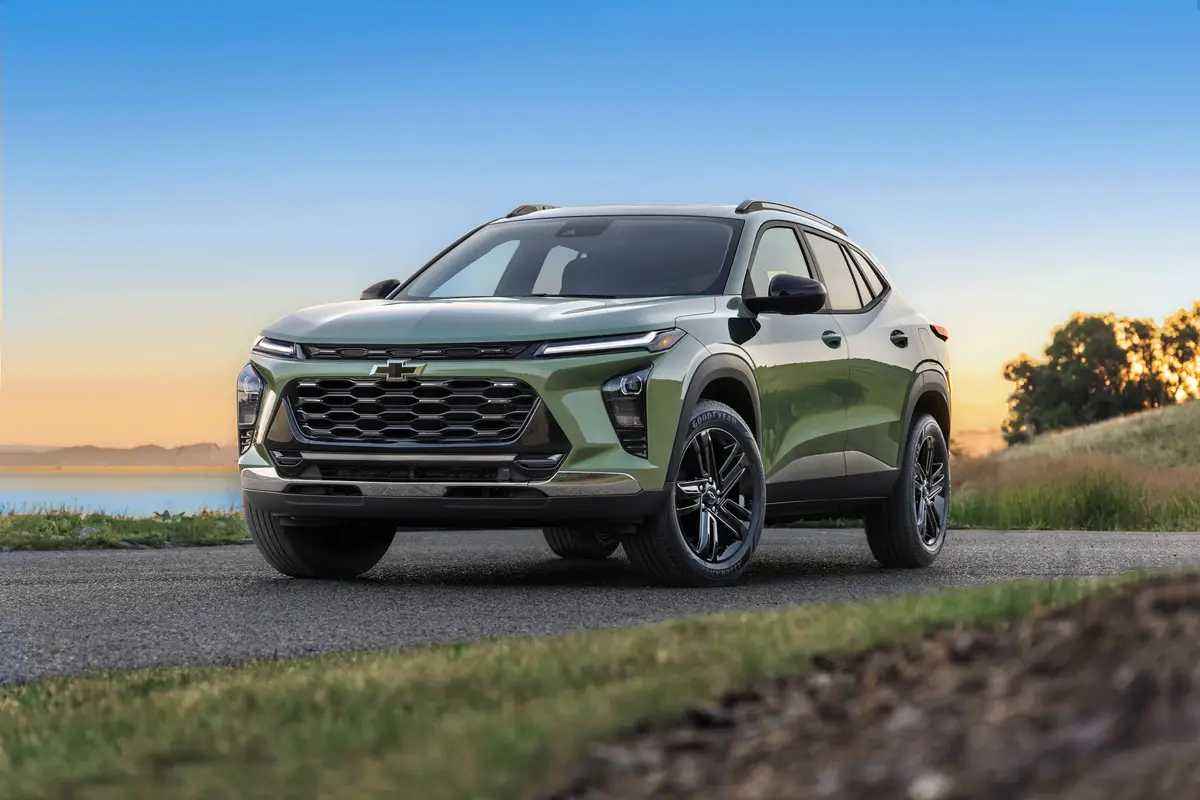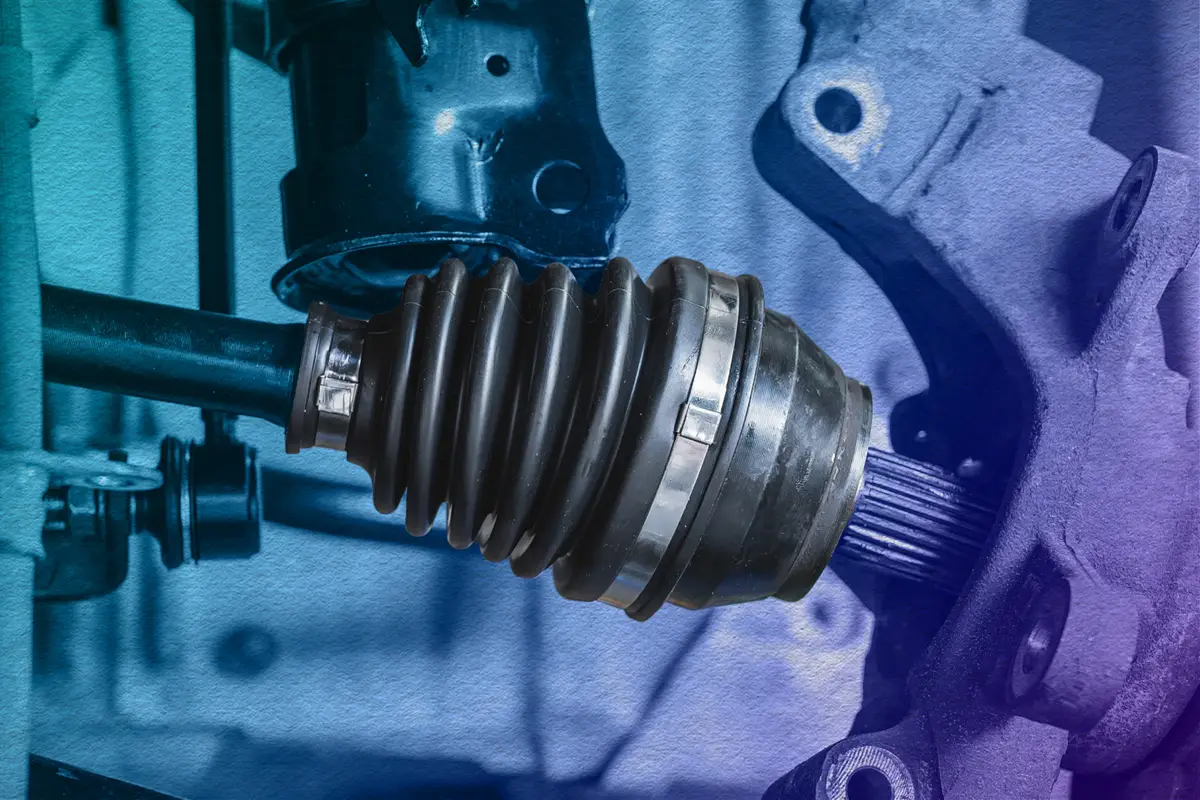IndyStar.com's view
The American Honda Motor Co. never has been known for maintaining the status quo.
So with the Lafayette, Ind.-built 1996 Passport, the company has embellished its place in the SUV market with a new shift-on-the-fly four-wheel drive system, a more powerful engine, larger wheels and tires, and optional anti-lock brakes.
That’s a fairly tall order for a yearly model change, but the Passport carries it off.
The Passport is available in three model designations, three trim levels, two drive systems, two engine choices, and two transmission selections. The prices range from just under $18,000 for a Passport DX with a five-speed gear box to $29,000 for the upscale EX with 4WD and a four-speed automatic.
In between are LX models in two-wheel and four-wheel drive and manual or automatic forms that run from $21,000 to $26,000.
The new shift-while- in-motion system is a big contribution to the vehicle’s flexibility: Engage the front wheels while zipping along, and you’re ready for any adverse road conditions.
Obviously, if you’re going to go where most drivers fear to tread, you need four-wheel drive and preferably the four-speed automatic. This transmission has a power mode for quicker acceleration and a winter mode switch that helps prevent wheel spin on slippery surfaces. That’s something you don’t get with a 4WD LX or EX with a standard five-speed.
Honda also has bulwarked the vehicle’s rugged body-on-frame construction.
A fuel tank skid plate is standard on all models. The LX and EX vehicles also have a front skid plate under the radiator area. All four-wheel drive models have a skid plate under the center transfer case.
The entry-level DX comes with an in-line 2.6-liter four-cylinder motor that produces 120- horsepower and 150 foot-pounds of torque. Its strong suit is fuel consumption — 19 mpg city, 22 mpg highway.
That is the best rating of the Passport’s EPA fuel mileage figures, but one of the more interesting facets is that there is hardly any difference in fuel consumption between manual and automatic transmissions.
A two-wheel drive with a five-speed is rated 16 mpg city, 19 mpg highway versus 15 mpg/19mpg for an automatic. For four-wheel drive, it’s 16 mpg/19 mpg for a five-speed versus 15mpg/18mpg for the automatic.
Overall, it hardly seems worthwhile to shift gears.
If you are going to tow, you’re better off with the V-6 than the in-line four-cylinder model. The four has a towing capacity of 2,000 pounds, the V-6 4,500 pounds.
Standard accessory equipment rises as the model designation goes upstream. About the only option on a EX four-wheel drive is the paint and, if you opt for the best that the 1996 Passport has to offer, that’s the only decision you really need to make.
Latest news



